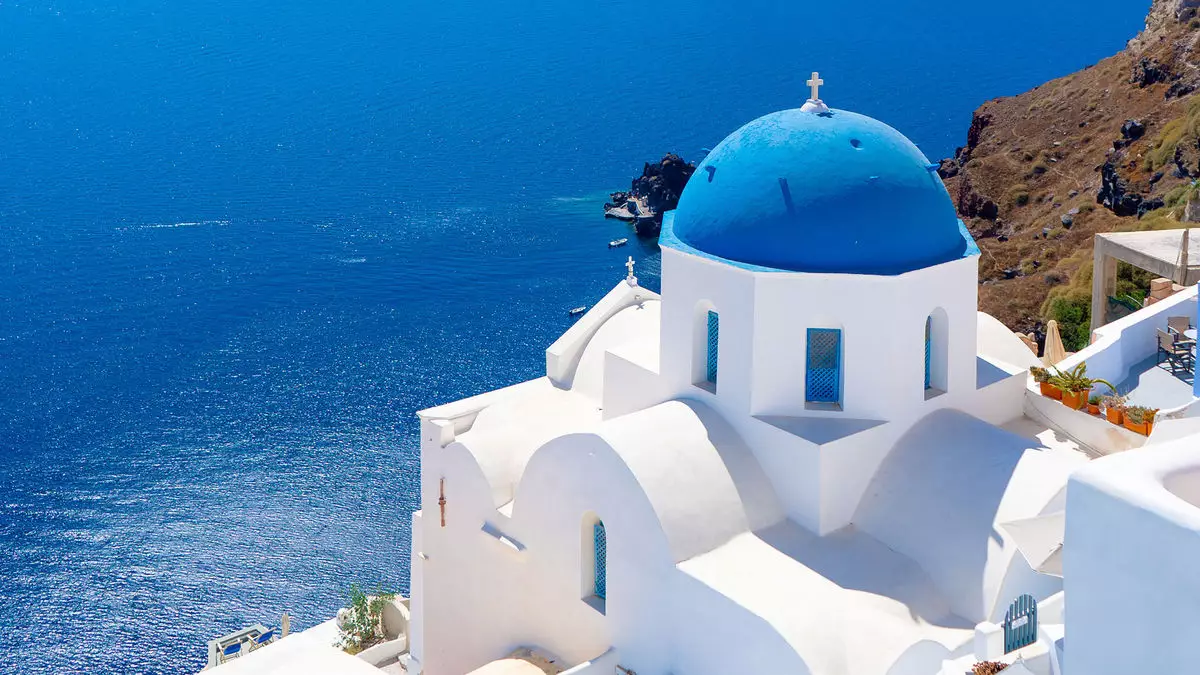The picturesque island of Santorini, known for its stunning sunsets and whitewashed buildings, is presently under a cloud of uncertainty as seismic activity escalates. Over the course of just two weeks, the University of Athens reported thousands of minor earthquakes, a phenomenon that has sparked concern among residents, government officials, and the scientific community. This increase in seismicity has raised questions about the potential for a significant earthquake, compelling authorities to take precautionary measures, including declaring a state of emergency and deploying rescue resources to the island.
Since the onset of these tremors in late January, the sheer volume of seismic activity is both alarming and perplexing. With around 12,000 earthquakes surpassing a magnitude of 1 detected since January 26, the monitoring of these events has become a national priority. The most significant of these earthquakes was a 5.2 magnitude tremor recorded recently, followed closely by additional seismic events of similar intensity. While earthquakes of this nature are not uncommon in Greece, the concentration and duration of these events in Santorini are decidedly unusual.
The earthquakes seem to vary in magnitude, with the lower end hovering around a magnitude of 3, and while geologists have posited that this could lead to a more severe main quake, it remains uncertain whether the tremors signify an impending larger episode or if they are merely a byproduct of geological activity that will stabilize over time.
The implications of this seismic swarm are profound for both the local population and the tourist industry. A state of emergency has been declared, resulting in the evacuation of thousands from the island. Tourists who flocked to this landmark destination are now grappling with uncertainty as schools have shut down and essential services have braced for increased demand. The local health infrastructure has been mobilized, with the Deputy Health Minister emphasizing the necessity of preparedness for natural disasters. This includes drills for hospital staff on evacuation procedures, underscoring the severity of the situation.
Crucially, the deployment of drones and coast guard vessels signifies the proactive stance taken by the government to ensure safety and readiness amid the chaos. The presence of extra medical personnel also indicates a strategic response to potential emergencies, highlighting the fragile balance between natural beauty and the risk of devastating geological events.
In light of the current circumstances, scientists are working diligently to scrutinize the ongoing seismic events. Experts from the University of Athens have intensified monitoring efforts in the region, deploying additional surveying equipment to gather critical data. These scientists are expected to meet regularly with government officials to provide insights and recommendations based on the evolving situation.
The historical context of Santorini’s geological profile is essential, as the island underwent a transformative volcanic eruption in antiquity—one of the most potent eruptions recorded in human history—leading to its distinctive crescent shape. This heritage fosters a deeper understanding of the ongoing seismic activity, as it serves as a reminder of the dynamic nature of the Earth’s crust beneath this captivating region.
Santorini stands at a crossroads of natural wonder and potential disaster as the island grapples with unforeseen seismic turmoil. While the tourist economy may take an immediate hit, the safety and security of human lives remain at the forefront of response efforts. As seismologists strive to decipher the implications of these earthquakes, the community and authorities brace themselves for any eventualities. With continued vigilance, preparedness, and scientific inquiry, the hope is to navigate this chapter of uncertainty while safeguarding the rich history and beauty of Santorini for future generations.


Leave a Reply